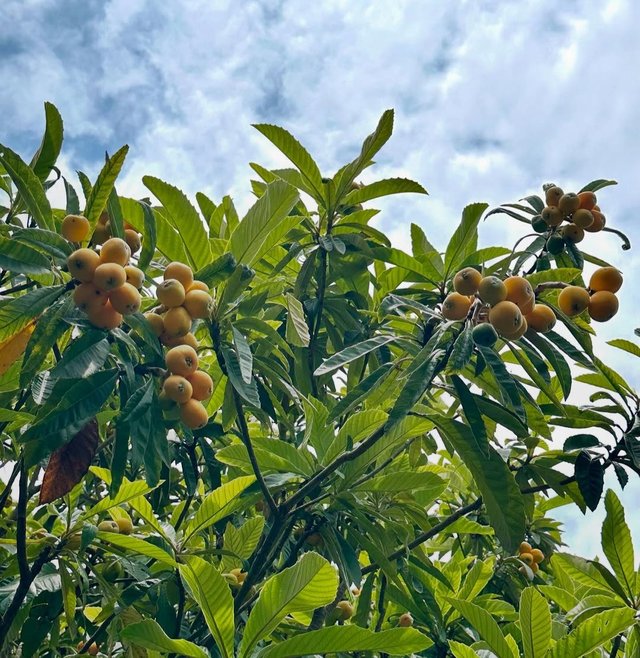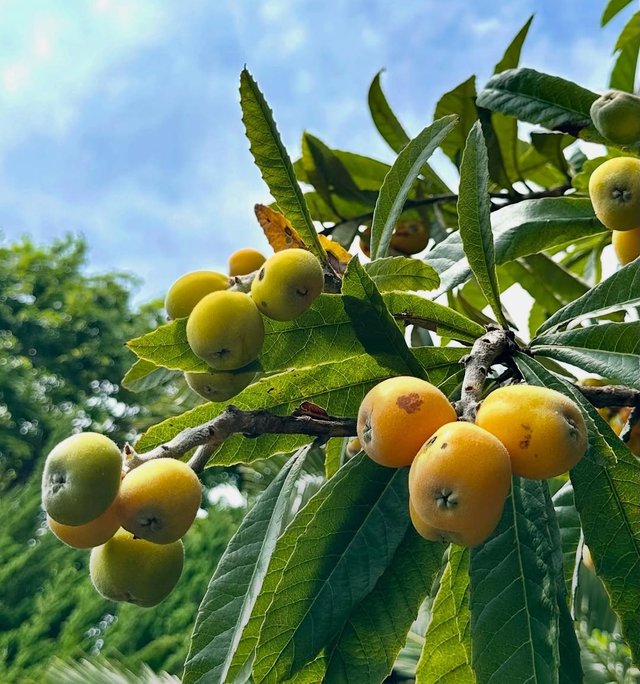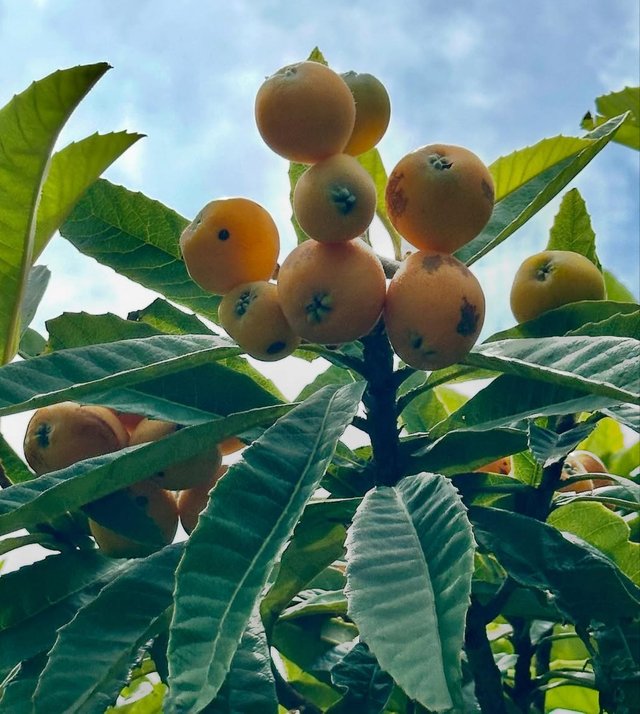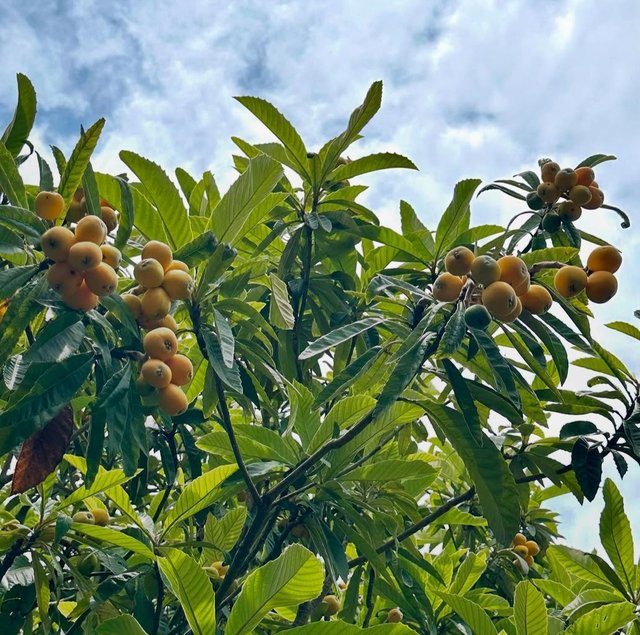Common Medlar Fruit So Testy
The Common Medlar: A Forgotten Fruit with a Rich Legacy
The Common Medlar is a fruit-bearing tree that once enjoyed wide popularity across Europe and parts of Asia, but has largely faded from modern agricultural and culinary consciousness. With its gnarled branches, striking blossoms, and curious fruit that must decay before being eaten, the medlar is a botanical oddity and a historical gem. Despite its decline in popularity, it is experiencing a quiet resurgence among gardeners, heritage orchard enthusiasts, and adventurous foodies.
Botanical Background
The Common Medlar belongs to the Rosaceae family, making it a relative of apples, pears, and quinces. Although its scientific name is Mespilus germanica, it is not native to Germany—this misnomer dates back to historical botanical classification. The medlar is actually indigenous to the region surrounding the Caspian Sea, particularly parts of modern-day Iran, Turkey, and the Caucasus. It was later introduced to Europe by the Greeks and Romans, eventually becoming widespread throughout the continent.
Tree Characteristics
Medlar trees are small, typically reaching 3–6 meters in height, with twisted trunks and broad, spreading branches. In spring, the tree produces large, white blossoms that are both ornamental and fragrant. These flowers are self-fertile and insect-pollinated, eventually giving way to the tree’s most unusual feature: its fruit.
The medlar fruit resembles a small, flattened apple or rosehip, with a brownish skin and a distinctive open calyx at the bottom, giving it a somewhat crude appearance—hence the unflattering old English nickname “open-arse fruit.”
Bletting: A Peculiar Ripening Process
What truly sets the medlar apart from most fruits is its ripening process. Medlars must undergo a softening process called bletting before they are palatable. When freshly picked, the fruit is hard, acidic, and astringent. However, after being stored in a cool, dry place for several weeks, the flesh softens and darkens, taking on a texture and flavor often compared to spiced applesauce, dates, or stewed figs. This unique transformation makes medlars a fascinating addition to the culinary world.
Thanks For Reading
Device Information
| Device | cannon eos 700D |
|---|---|
| Lens | 55-250 zoom leans |
| Location | Bangladesh |




